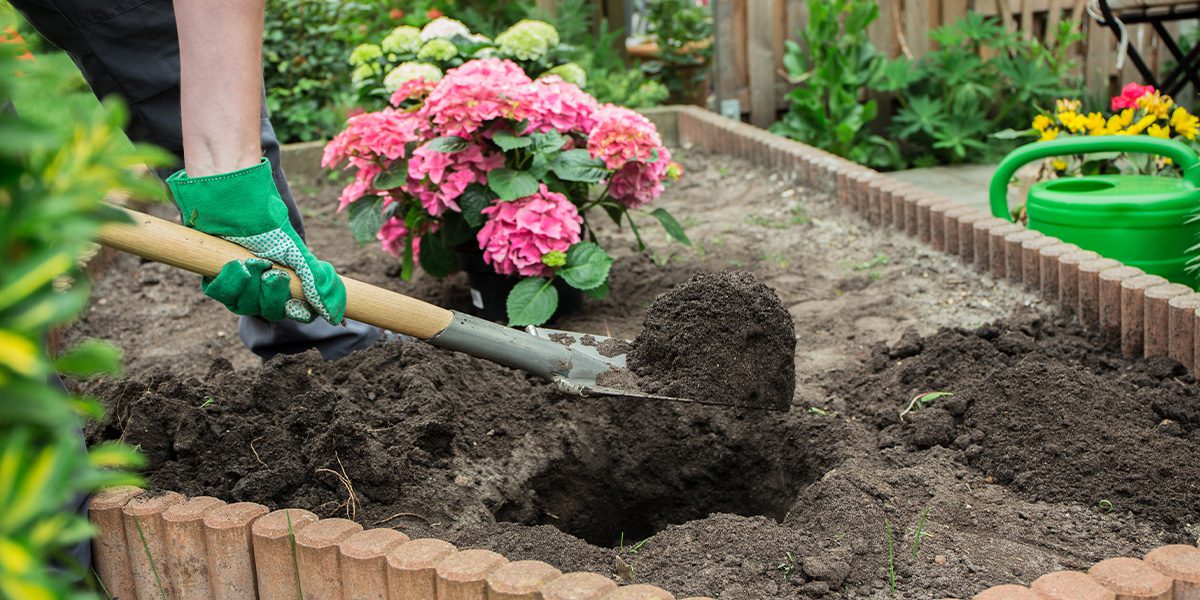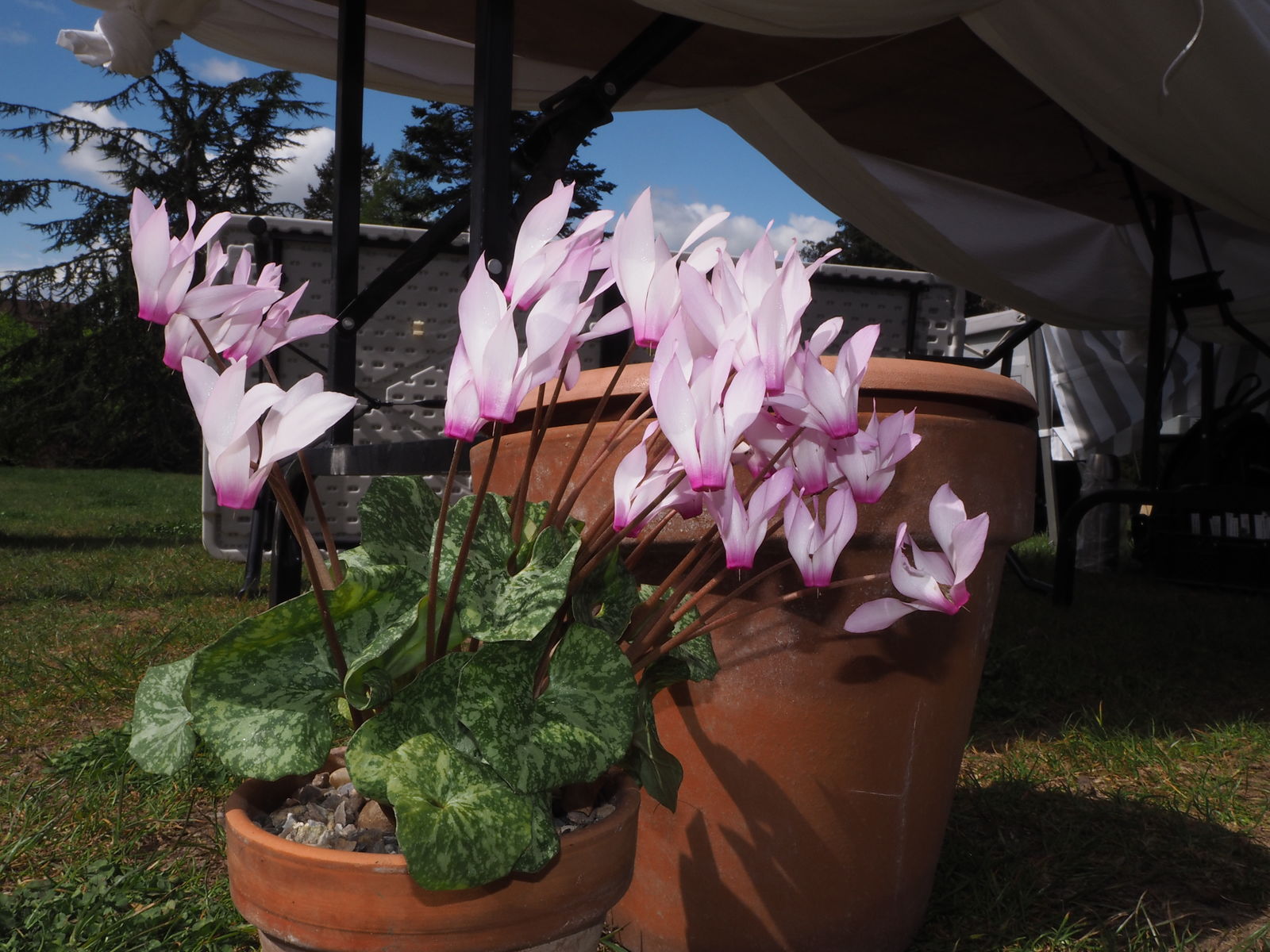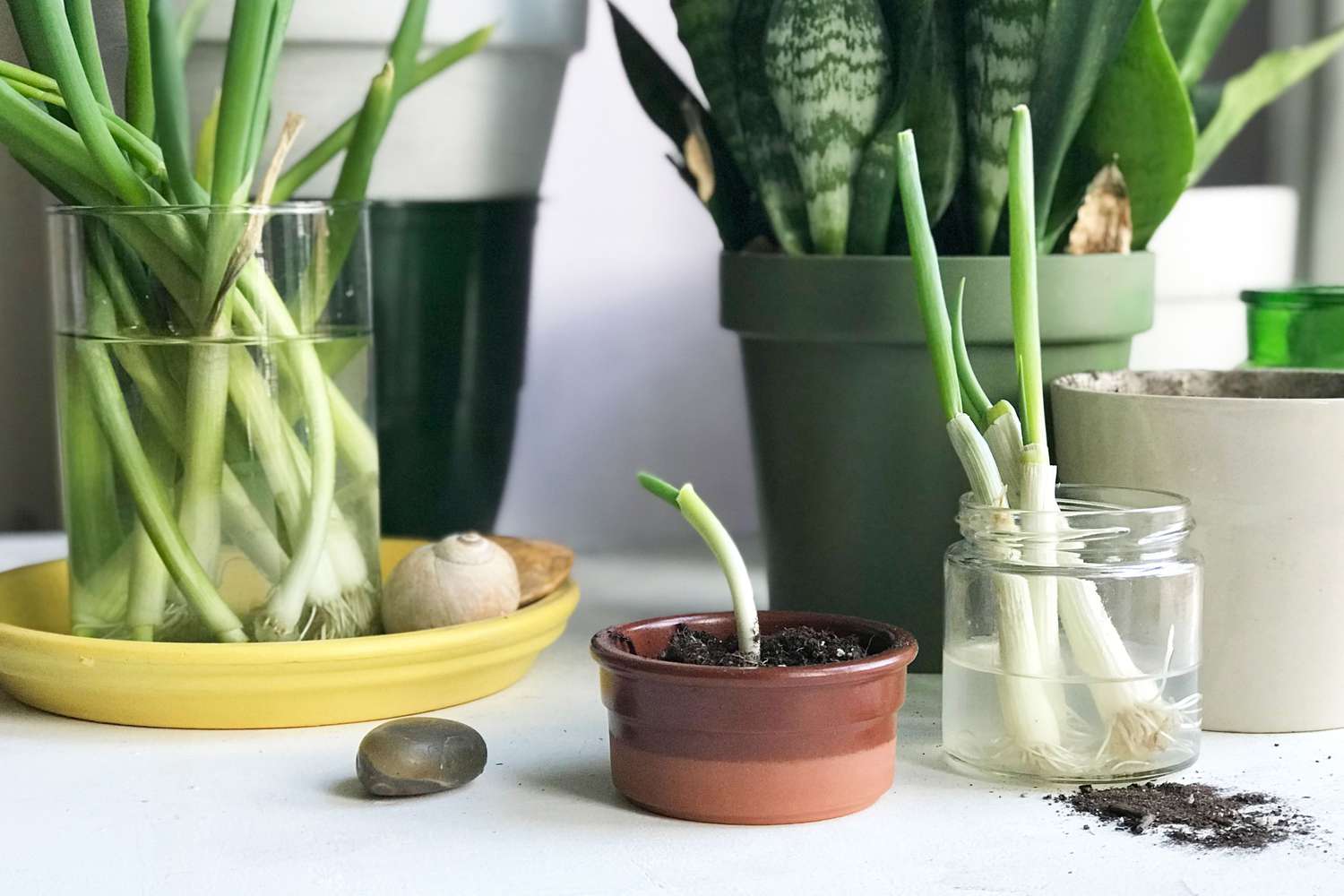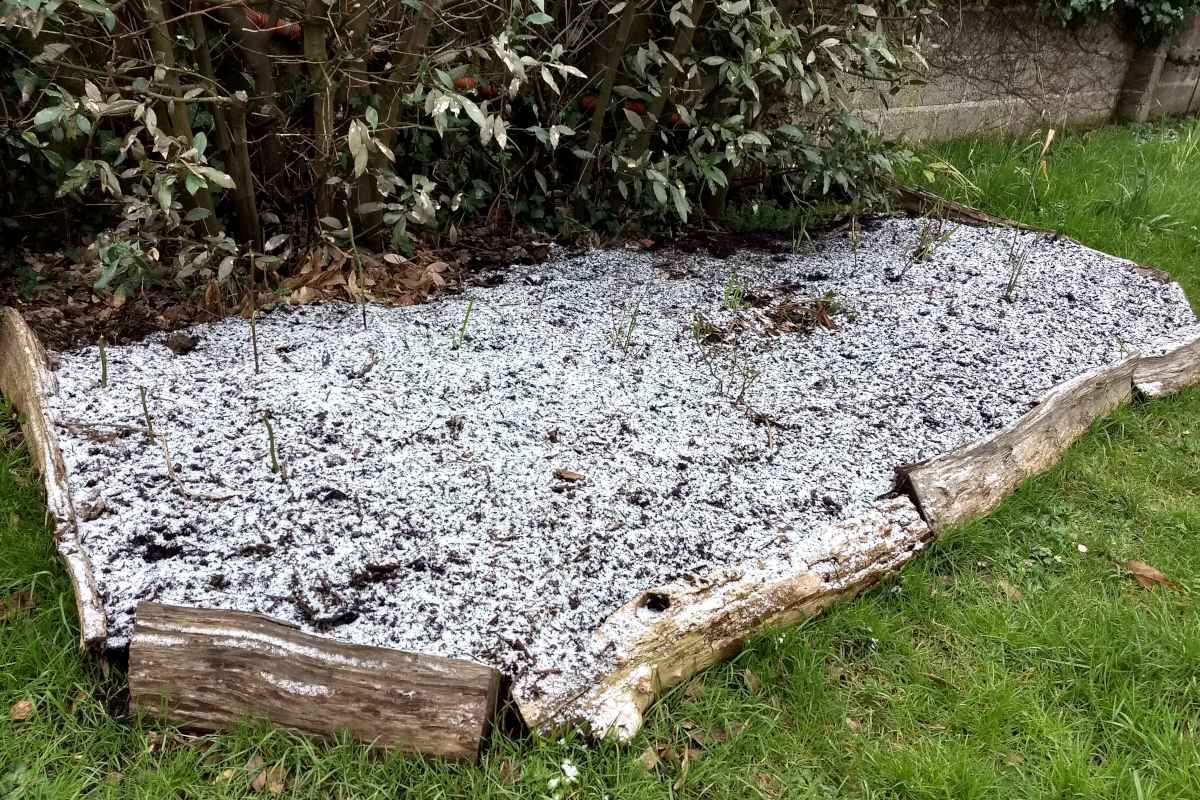Home>Types of Gardening>Ornamental Gardening>How Far Apart Should Shrubs Be Planted
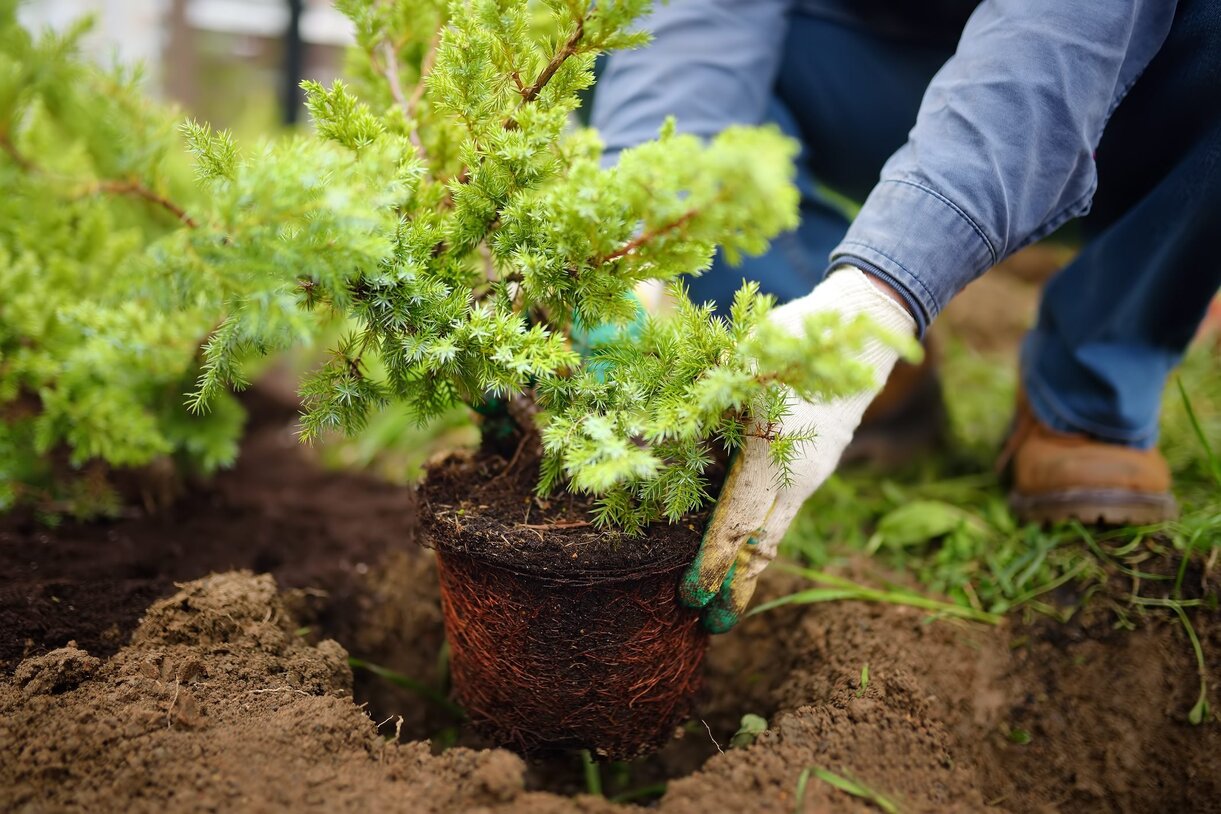

Ornamental Gardening
How Far Apart Should Shrubs Be Planted
Modified: January 22, 2024
Discover the ideal spacing for planting shrubs in your ornamental garden. Learn how far apart to plant shrubs for optimal growth and aesthetics.
(Many of the links in this article redirect to a specific reviewed product. Your purchase of these products through affiliate links helps to generate commission for Chicagolandgardening.com, at no extra cost. Learn more)
Table of Contents
Introduction
Gardening enthusiasts often focus on selecting the right plants, maintaining fertile soil, and providing adequate water and sunlight. However, one aspect that is sometimes overlooked is the proper spacing of shrubs. The distance between shrubs plays a crucial role in their overall health, growth, and aesthetic appeal.
Proper spacing of shrubs is essential for several reasons. Firstly, it allows each shrub to have ample access to sunlight and nutrients, preventing competition for resources. This promotes healthy growth and helps prevent diseases and pest infestations. Secondly, proper spacing ensures good air circulation, reducing the risk of fungal infections and promoting efficient transpiration. Additionally, it allows for easy access and maintenance tasks such as pruning, watering, and fertilizing.
When determining the spacing between shrubs, several factors should be taken into consideration. These include the mature size of the shrub, its growth habit, and the purpose it serves in the landscape. It is important to consider both vertical and horizontal spacing to prevent overcrowding and to allow for the development of a well-balanced and visually appealing garden.
In this article, we will explore the importance of proper shrub spacing and provide guidelines for spacing shrubs in different situations. Whether you are designing a new garden, renovating an existing one, or simply looking to add a few shrubs to enhance your landscape, understanding the importance of appropriate spacing will help you create a thriving and beautiful garden.
Importance of Proper Spacing
Proper spacing of shrubs is vital for their overall health and longevity. Here are several reasons why it is important to give careful consideration to the distance between shrubs in your landscape:
- Prevents overcrowding: When shrubs are planted too closely together, they compete for space, sunlight, and nutrients. This can lead to stunted growth, weakened plants, and increased susceptibility to diseases and pests. Proper spacing allows each shrub to have sufficient room to grow and thrive.
- Promotes air circulation: Good air circulation is essential for preventing the buildup of moisture, which can lead to fungal infections and other diseases in shrubs. Proper spacing ensures that air can flow freely between shrubs, reducing the risk of fungal diseases and promoting healthy transpiration.
- Facilitates maintenance tasks: Adequate spacing between shrubs makes it easier to perform regular maintenance tasks such as pruning, fertilizing, and spraying. Without proper spacing, it becomes challenging to access individual shrubs and properly care for them.
- Prevents shading: Overcrowded shrubs can cast shade on each other, preventing sunlight from reaching the lower parts of the plants. This can result in weak, leggy growth and a loss of foliage density. By providing enough space between shrubs, you ensure that each plant receives adequate sunlight for optimal growth.
- Enhances visual appeal: Proper spacing allows shrubs to develop their natural shape and form, creating a visually pleasing landscape. It also provides room for other elements, such as ground covers or flowers, to be incorporated into the design. Well-spaced shrubs create balance and harmony in the garden.
By understanding and implementing proper spacing techniques, you can create a healthier, more attractive, and easier-to-maintain garden. The next section will delve into the factors you should consider when determining the appropriate spacing for your shrubs.
Factors to Consider
When determining the spacing between shrubs, it is important to consider various factors to ensure their optimal growth and appearance. Here are the key factors to keep in mind:
- Mature size of the shrub: Start by researching and understanding the expected mature size of the shrub species you are planting. Some shrubs have a compact growth habit and reach a maximum height of only a few feet, while others can grow tall and wide. Consider both the height and the width of the mature shrub when determining the spacing to avoid overcrowding.
- Growth habit: The growth habit of a shrub influences its overall size and shape. Some shrubs have a more upright growth habit, while others may have a spreading or cascading form. Consider the natural growth habit of the shrub and provide enough space for it to grow without being cramped or altered.
- Purpose in the landscape: Think about the purpose the shrub serves in your landscape design. Are you using it as a focal point or a background plant? Are you planting it for privacy or to create a hedge? The purpose of the shrub will determine the desired spacing. For example, when creating a hedge, you may need to plant shrubs closer together to achieve a dense screen.
- Soil and environmental conditions: Take into account the soil conditions, sunlight exposure, and climate of your garden. Shrubs that prefer full sun may require more spacing to ensure they receive adequate sunlight. If the soil is nutrient-poor, providing extra space between shrubs allows them to access available nutrients without competition.
- Overall design and aesthetics: Consider the overall design and aesthetics of your garden. Pay attention to the visual impact that spacing can create. For example, in a formal garden, symmetrical spacing may be desired, while in a more naturalistic or cottage-style garden, irregular or varied spacing can add interest and create a more relaxed atmosphere.
By carefully considering these factors, you can determine the appropriate spacing for your shrubs, ensuring optimal growth and a visually pleasing landscape. In the next section, we will provide recommended spacing guidelines to help you plan and arrange your shrubs effectively.
Recommended Spacing Guidelines
While the specific spacing between shrubs can vary depending on the species and specific circumstances, there are some general guidelines you can follow to ensure proper spacing and healthy growth:
- Small shrubs: For smaller shrubs with a mature height of around 1 to 3 feet, spacing them about 1 to 2 feet apart is generally sufficient. This allows them room to spread out and develop without being overcrowded.
- Medium-sized shrubs: Medium-sized shrubs that reach heights of 3 to 6 feet should be spaced about 3 to 5 feet apart. This provides adequate space for their mature size and allows for proper air circulation and maintenance.
- Tall shrubs: Tall shrubs that can reach heights of 6 feet or more require more generous spacing. Aim to plant them around 5 to 10 feet apart to ensure they have ample room to grow vertically and horizontally.
- Hedges and privacy screens: If you are planting shrubs to create a hedge or privacy screen, closer spacing is necessary to achieve a dense and continuous barrier. Depending on the species, you may need to plant them as close as 1 to 3 feet apart. Regular pruning will be needed to maintain the desired shape and density.
- Specialty plantings: In some cases, you may want to create a specific planting style, such as a mass planting or a drift of shrubs. In these situations, you can cluster shrubs closely together to create a visually impactful group. However, be sure to consider the shrubs’ mature sizes and growth habits to avoid overcrowding as they grow.
Keep in mind that these spacing recommendations are general guidelines, and it is important to research the specific requirements of the shrubs you are planting. Some shrubs may have different spacing needs due to their growth habits, root systems, or environmental preferences.
Paying attention to these spacing guidelines will ensure that your shrubs have adequate room to thrive and create a harmonious and visually pleasing landscape. In the next sections, we will discuss specific spacing considerations for shrubs near structures, for privacy, and for visual effect.
Spacing Shrubs Near Structures
When planting shrubs near structures such as fences, walls, or buildings, it is important to consider the mature size of the shrub and the potential impact on the structure. Here are some key points to keep in mind:
- Avoid planting too close: As shrubs grow, their roots can spread out and potentially damage foundations, walls, or underground structures. It is important to leave enough space between the shrub and the structure to prevent any potential damage. Consult with professionals or refer to local guidelines to determine the minimum safe distance.
- Consider the height: Take into account the mature height of the shrub in relation to the height of the structure. You don’t want the shrub to become too overpowering or block windows, doors, or views. Select shrubs that will complement the scale of the structure and allow for proper clearance.
- Regular pruning: Shrubs planted near structures may require more frequent pruning to keep them in check and prevent them from encroaching on the building. Be mindful of their growth rate and habit, and ensure that they are regularly trimmed to maintain the desired shape and size.
- Choose non-invasive species: Some shrubs have invasive root systems that can cause damage to structures or underground pipes. When planting near structures, opt for non-invasive shrub species to minimize the risk of root-related issues.
- Consider the foundation: If you are planting shrubs near the foundation of a building, choose those with non-aggressive root systems to avoid potential damage. Some shrubs have shallow roots that can spread and disrupt the stability of the foundation over time.
By considering these factors and guidelines, you can ensure that the shrubs you plant near structures do not cause any damage and enhance the overall aesthetic appeal of your landscape. In the next section, we will discuss spacing shrubs for privacy.
Spacing Shrubs for Privacy
Shrubs can be a great natural way to create privacy in your outdoor space. When spacing shrubs for privacy, consider the following factors:
- Density and height: To create an effective privacy screen, choose shrubs that are densely branched and can grow to the desired height. Consider evergreen varieties for year-round coverage or deciduous types for seasonal privacy.
- Planting distance: Plant shrubs close together to create a dense and continuous barrier. The spacing will depend on the mature width of the selected shrub. For example, if a shrub has a mature width of 4 feet, spacing them about 3 to 4 feet apart will allow them to grow together for optimal privacy.
- Layering: Consider planting shrubs in multiple rows or staggered positions to create a layered effect. This not only enhances privacy but also adds depth and visual interest to the landscape.
- Pruning and maintenance: Regular pruning is necessary to maintain the desired height, shape, and density of privacy shrubs. Consider the growth habit of the shrubs and plan for ongoing maintenance to ensure they remain effective privacy screens over time.
- Site conditions: Take into account the specific site conditions, such as sunlight exposure and soil moisture, to select shrub varieties that will thrive in your area. Healthy and vigorous shrubs will provide better coverage and privacy.
By strategically spacing shrubs and selecting suitable varieties, you can create a private outdoor sanctuary where you can enjoy your space without feeling exposed. In the next section, we will explore spacing shrubs for visual effect.
Spacing Shrubs for Visual Effect
Spacing shrubs strategically can greatly enhance the visual impact of your garden. Here are some tips and considerations for spacing shrubs for visual effect:
- Varied spacing: Experiment with varied spacing between shrubs to create a more natural and organic feel in your landscape. A mix of closer and wider spacing can add depth and visual interest to the overall design.
- Group planting: Create groupings of shrubs with similar growth habits or colors for a striking visual effect. Cluster them closely together to form a focal point or a dramatic mass of colors and textures.
- Contrasting forms and textures: Combine shrubs with different forms, such as upright, mounding, or cascading, to create visual contrast. Pair shrubs with varying textures, such as smooth leaves alongside those with a more textured or serrated appearance, for added visual interest.
- Consider seasonal interest: Think about the seasonal interest of your shrubs when spacing them. Planting shrubs with staggered blooming times ensures that there is always something in bloom throughout the growing season. This creates a visually appealing and dynamic landscape.
- Pathway and focal point framing: Space shrubs strategically to frame pathways or highlight specific focal points in your garden. By framing these areas, you draw attention and create a sense of direction, leading the eye to important areas of your landscape.
These spacing techniques allow you to create stunning visual compositions in your garden. Consider the overall design principles, such as balance, proportion, and rhythm, and use spacing to guide viewers through different areas of your landscape.
Remember, gardening is an art form, and the spacing of shrubs plays a crucial role in the overall aesthetic appeal and visual impact of your garden. By experimenting with spacing techniques and considering the design elements, you can create a beautiful and captivating outdoor space you can take pride in.
Common Mistakes to Avoid
When it comes to spacing shrubs, there are some common mistakes that gardeners often make. Being aware of these mistakes can help you avoid them and ensure the health and beauty of your shrubs:
- Planting too closely: One of the most common mistakes is planting shrubs too closely together. This leads to overcrowding, competition for resources, poor air circulation, and increased risk of diseases and pest infestations. Remember to give each shrub enough space to grow and thrive.
- Not considering mature size: Failing to consider the mature size of shrubs is another mistake. Shrubs that are small when planted may quickly outgrow their allotted space and become crowded. Be sure to research and understand the expected mature size of each shrub species before planting.
- Ignoring growth habits: Each shrub species has different growth habits, such as upright, spreading, or cascading. Ignoring these growth habits can result in an unbalanced and uneven appearance in your garden. Consider the natural growth habit of each shrub and plan accordingly.
- Forgetting about maintenance: Proper spacing allows for easy maintenance tasks such as pruning, fertilizing, and pest control. Forgetting about these maintenance needs when spacing shrubs can make it difficult to access and care for them properly, leading to issues down the line.
- Not accounting for environmental factors: Environmental factors such as sunlight exposure, soil conditions, and climate can greatly impact the health and growth of shrubs. Not taking these factors into account when spacing shrubs can result in poor growth or even the death of the plants.
- Ignoring site constraints: Failing to consider site constraints, such as structures, underground utilities, or other existing plantings, can lead to issues later on. Be sure to carefully assess the site and plan the spacing of shrubs accordingly to avoid conflicts and potential damage.
By avoiding these common spacing mistakes, you can ensure that your shrubs have the space they need to thrive and create a visually pleasing and healthy garden. Take the time to plan and consider all the necessary factors before planting, and your shrubs will thank you for it.
Conclusion
Proper spacing of shrubs is a crucial aspect of ornamental gardening that is often overlooked. By understanding the importance of spacing and considering factors such as mature size, growth habit, and overall design, you can create a thriving and visually appealing garden.
The appropriate spacing between shrubs promotes healthy growth, prevents overcrowding, and ensures sufficient access to sunlight, air circulation, and nutrients. It also facilitates maintenance tasks and prevents potential damage to structures. Additionally, well-planned spacing enhances privacy, creates visual interest, and allows for the development of a harmonious and balanced landscape.
When spacing shrubs, it is important to consider the specific needs of each species, the purpose they serve in your garden, and the environmental conditions they require. Researching the mature size, growth habits, and site constraints will help you determine the optimal spacing for your shrubs.
Avoid common spacing mistakes such as planting too closely, ignoring growth habits, and forgetting about maintenance and environmental factors. By being mindful of these mistakes and planning accordingly, you can create a garden that flourishes with healthy shrubs and captivating visual compositions.
So, take the time to carefully plan and strategize the spacing of your shrubs. Enjoy the process of designing your landscape and savor the rewards of a well-spaced and stunning garden that will bring joy and beauty for years to come.


